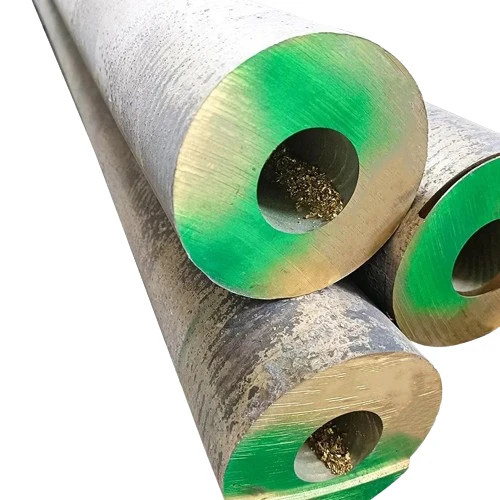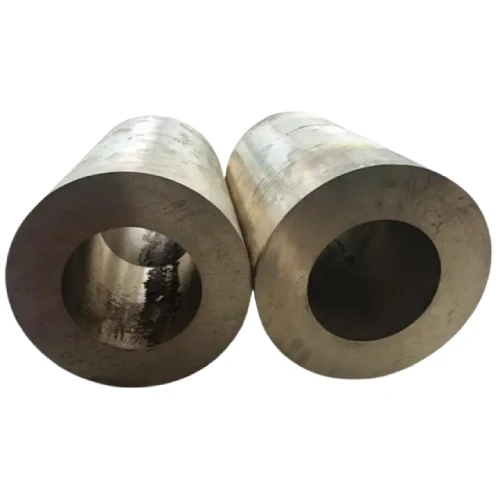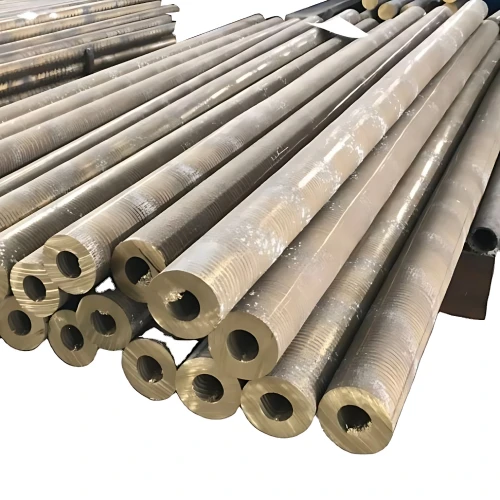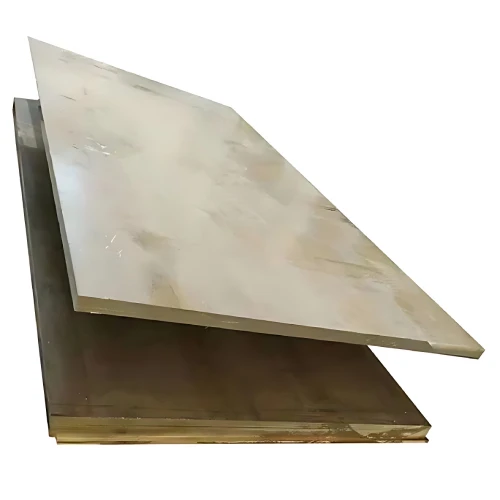C92900 is a copper alloy belonging to the leaded nickel-tin bronze family. It's known for its good
combination of strength, wear resistance, and machinability, making it suitable for various industrial
applications. However, the presence of lead requires careful consideration.
Table: Key Properties of C92900
| Property |
Description |
| Chemical Composition |
- Primarily Copper (Cu): Minimum 88% <br> - Tin (Sn): 4.5-6.0% <br> - Nickel (Ni):
4.5-6.0% <br> - Lead (Pb): Up to 1.0% <br> - Other (Fe, Zn, etc.): Trace amounts
|
| Mechanical Properties |
- Good tensile strength and yield strength <br> - Good wear resistance <br> -
Excellent machinability due to lead content <br> - Fair corrosion resistance
|
| Common Brands (By Country) |
- Europe: CuSn4Ni4Pb1 [Europe] <br> - US: Leaded Nickel Tin Bronze |
Common Questions and Answers:
What are the advantages of using C92900?
C92900 offers several advantages:
Good balance of properties: It provides a good balance of strength, wear resistance, and
machinability, making it suitable for various applications.
Excellent machinability: The presence of lead makes C92900 very easy to machine, reducing
production costs.
Good wear resistance: This alloy performs well in applications experiencing friction and
wear.
What are the limitations of C92900?
There are a few limitations to consider:
Lead content: Lead can be a health concern during machining and can limit applications in
some industries due to environmental regulations. While the lead content is lower than some other copper
alloys discussed previously (e.g., C93200), it's still a factor to consider.
Fair corrosion resistance: C92900 is not ideal for highly corrosive environments.
Not weldable: Welding C92900 is not recommended due to potential cracking issues.
Are there lead-free alternatives to C92900?
Depending on the specific application requirements, some lead-free alternatives with similar properties
include:
C91900: A nickel-tin bronze with good strength and wear resistance, but lower machinability compared to
C92900.
Aluminum bronzes (e.g., C95400): Offer good strength, wear resistance, and machinability without lead.
Important Note: Always consult with a material engineer or supplier to identify the most
suitable copper alloy for your specific application considering factors like strength, wear resistance,
corrosion resistance, and regulatory compliance. Lead content should be a part of this discussion.



